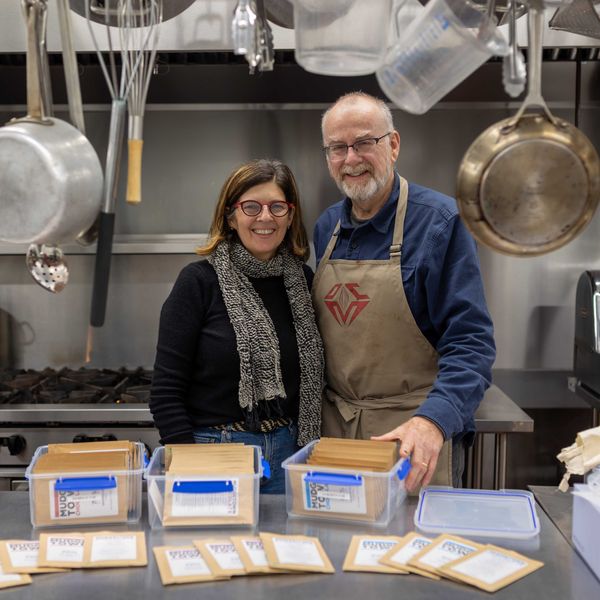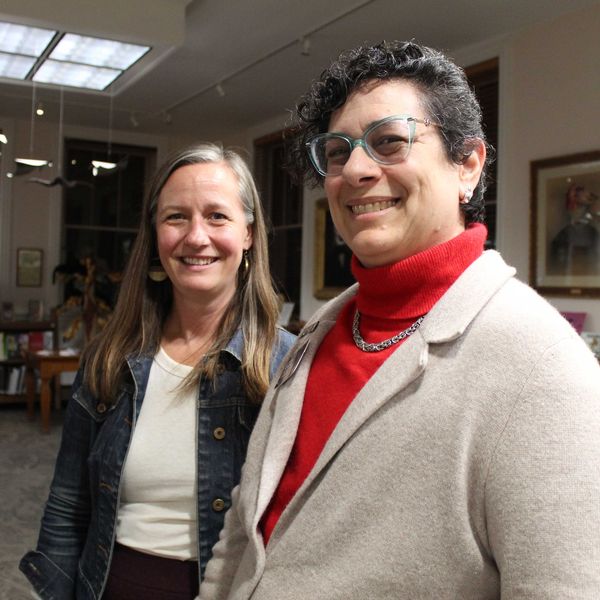Pine Plains Platter to shut down for good
Community heartbroken over closure
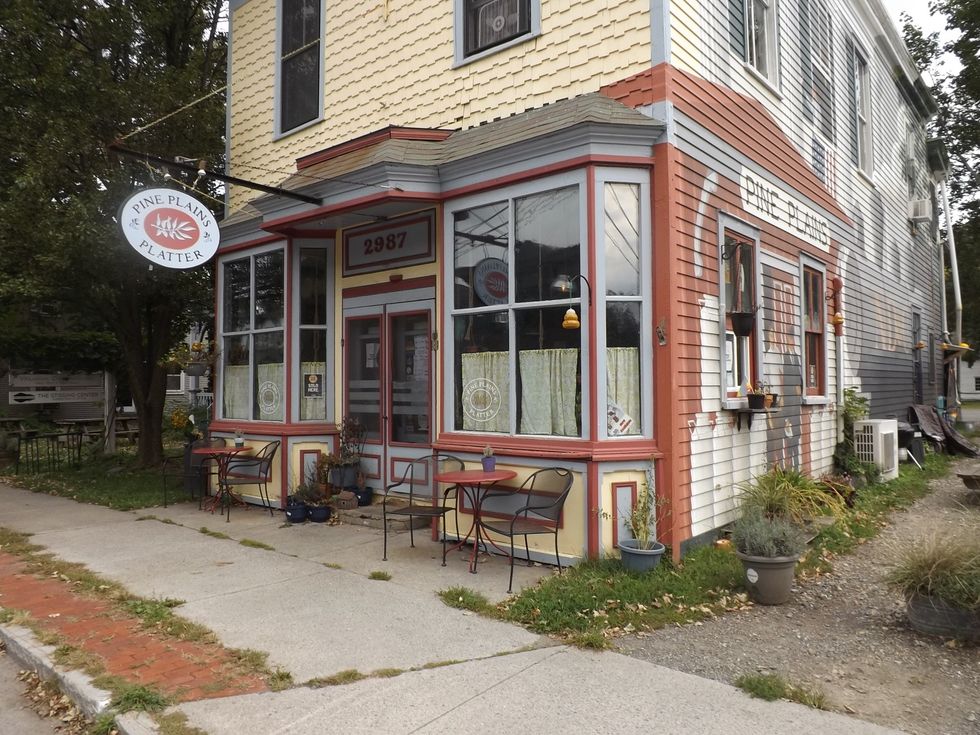
Located on Church Street (Route 199) next to Peck’s Market, many customers will be sad to say goodbye to one of their favorite community hubs, the Pine Plains Platter, when it shuts down on Sunday, Sept. 26.
Photo by Kaitlin Lyle



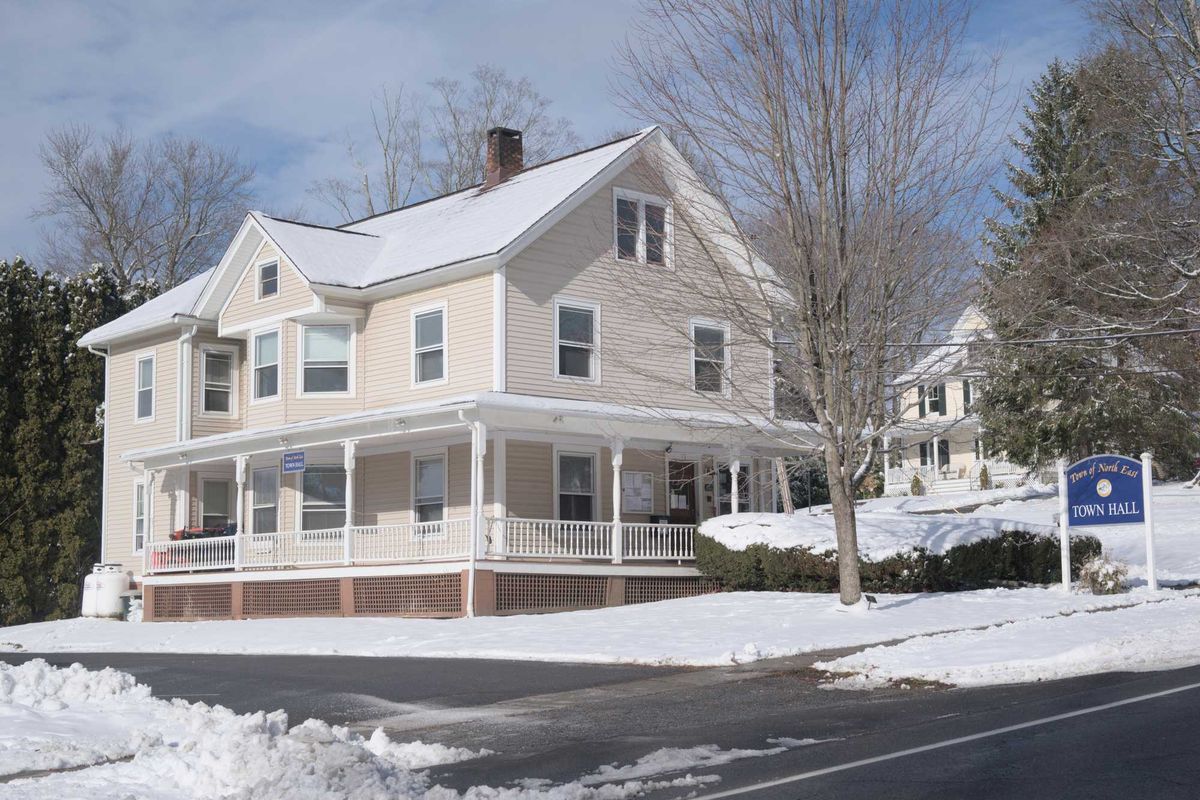


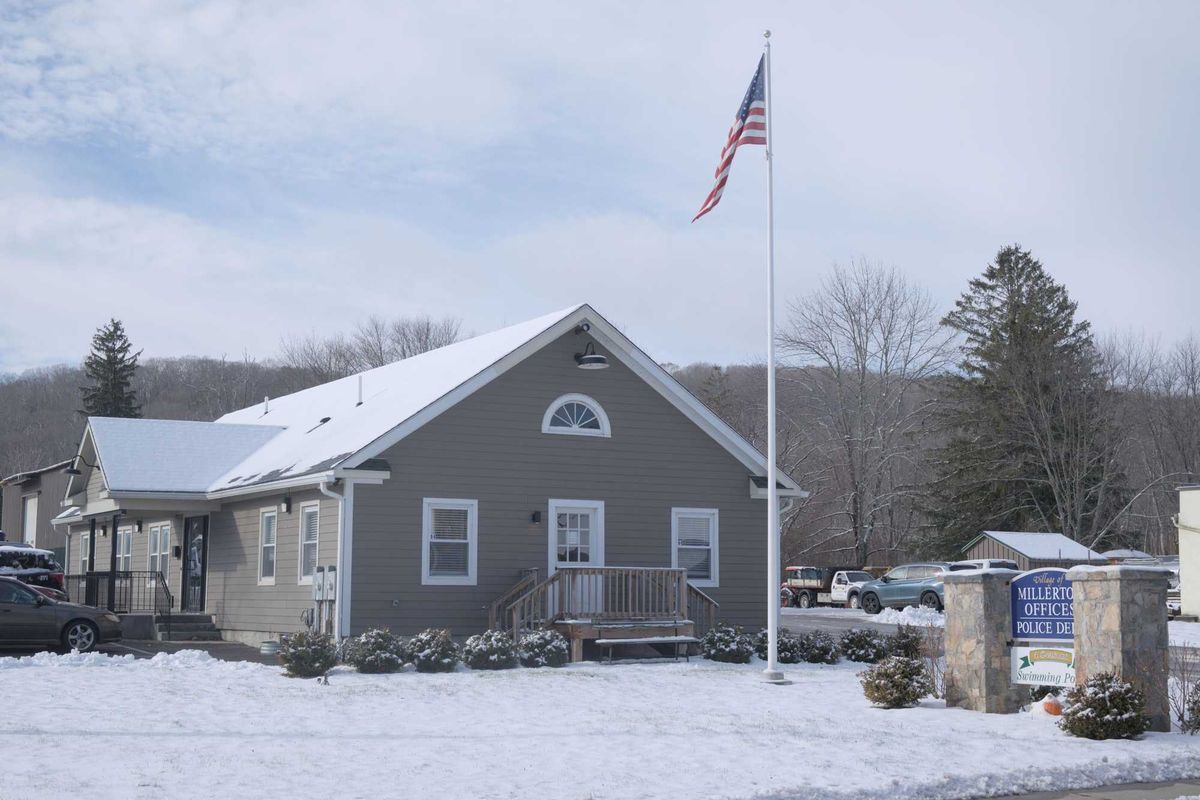
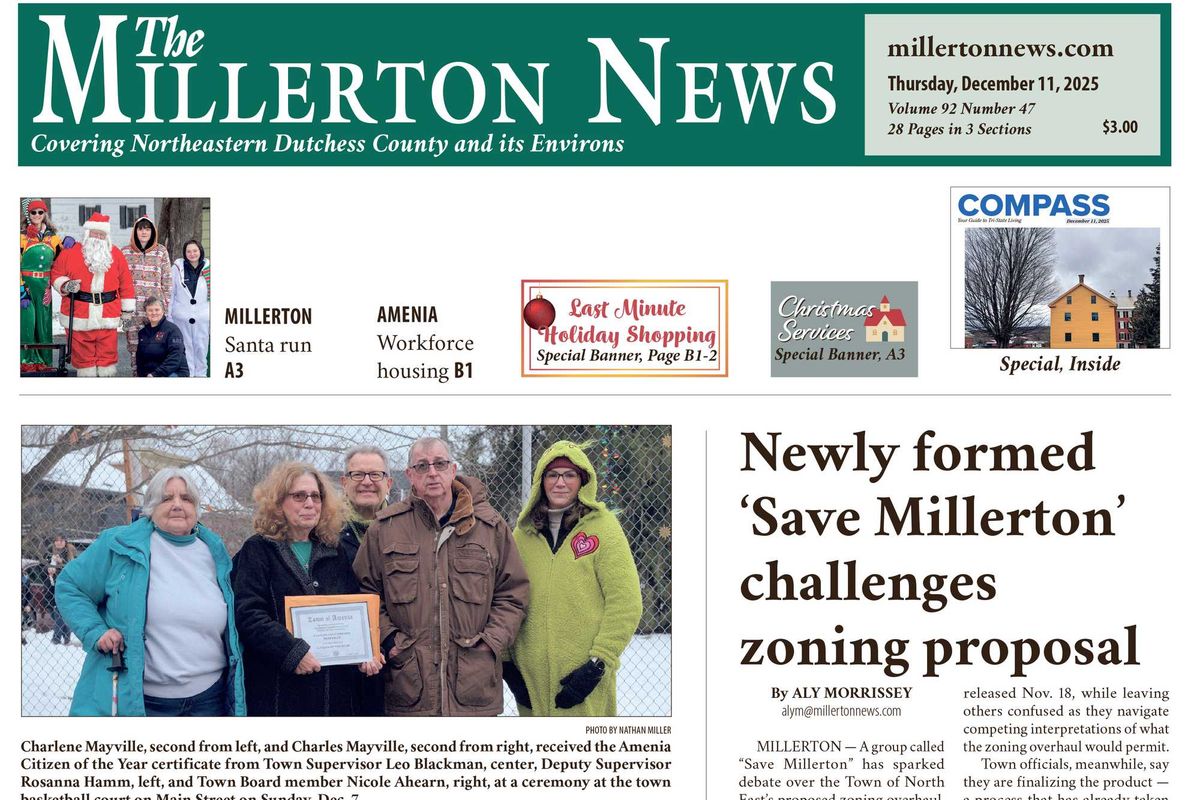
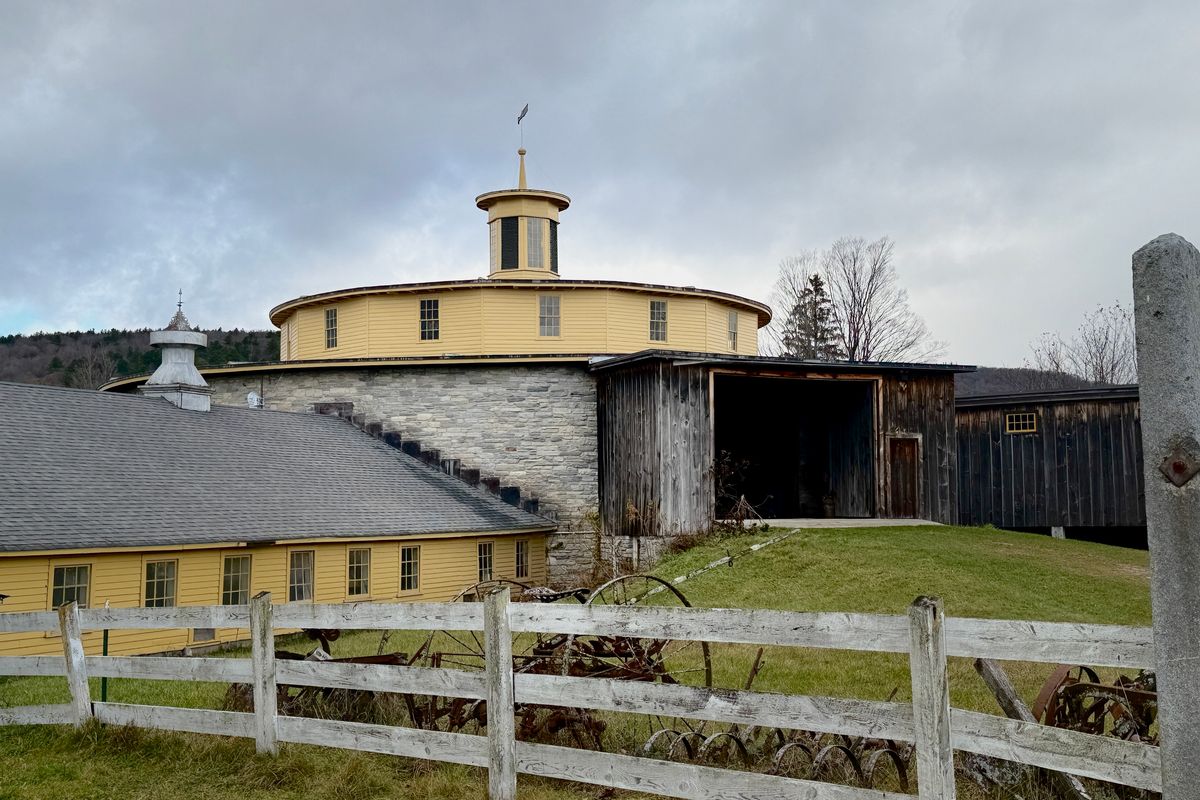
 Shakers referred to their farm as the City of Peace.Jennifer Almquist
Shakers referred to their farm as the City of Peace.Jennifer Almquist

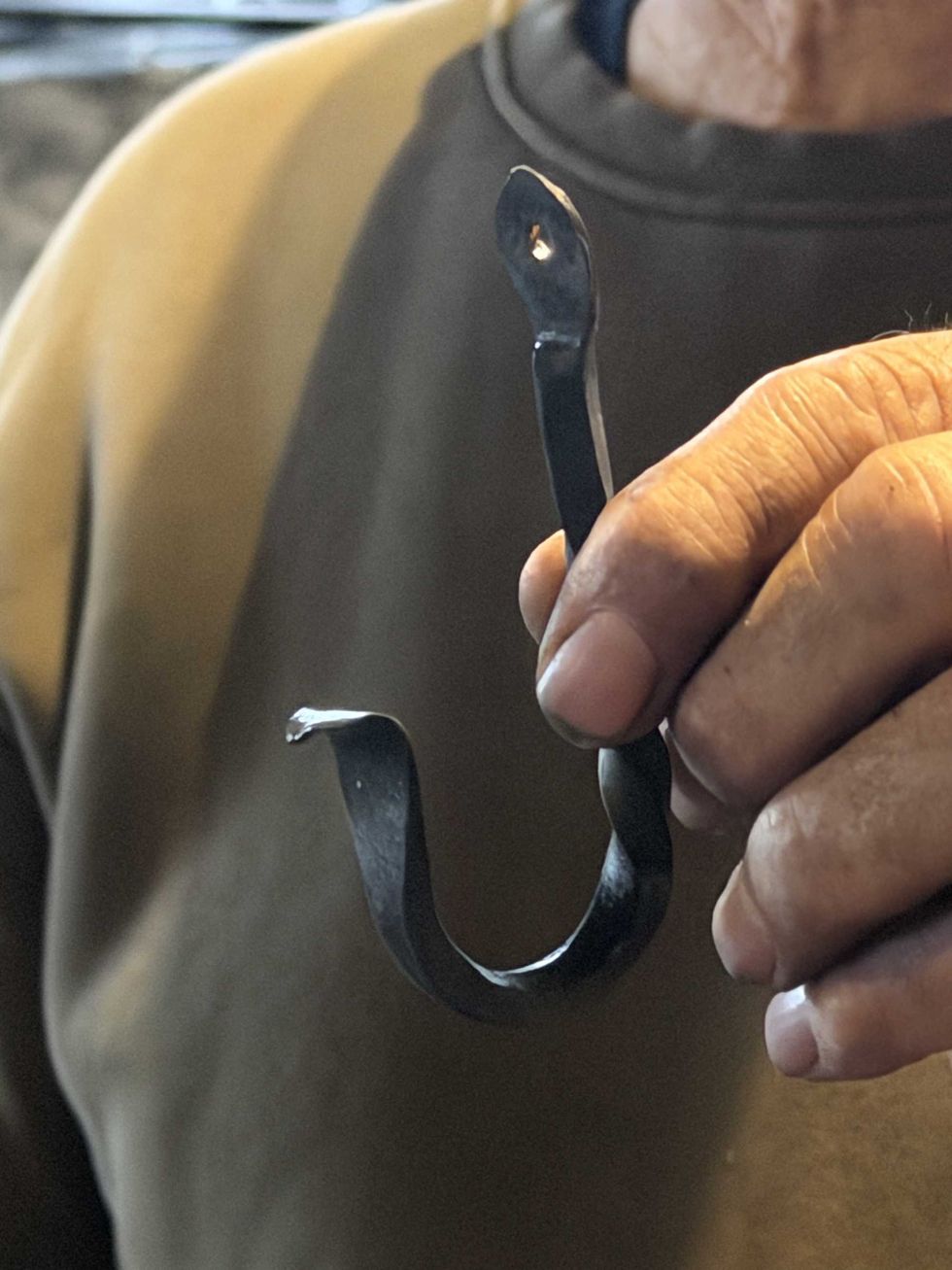
 A Shaker chair.Jennifer Almquist
A Shaker chair.Jennifer Almquist The Shakers embraced practical designs of great utility and beauty.Jennifer Almquist
The Shakers embraced practical designs of great utility and beauty.Jennifer Almquist
 Interior of Lakeville Books & Stationery.Provided
Interior of Lakeville Books & Stationery.Provided

